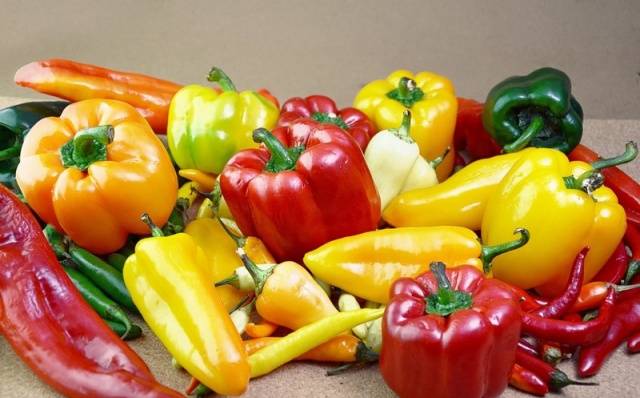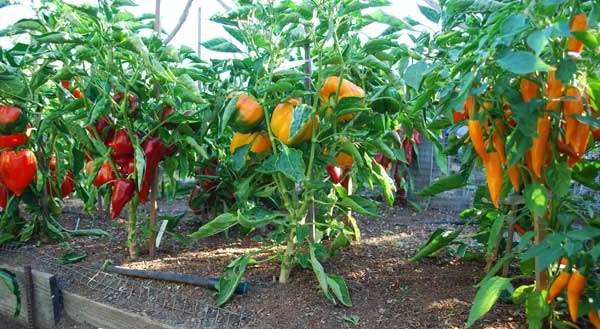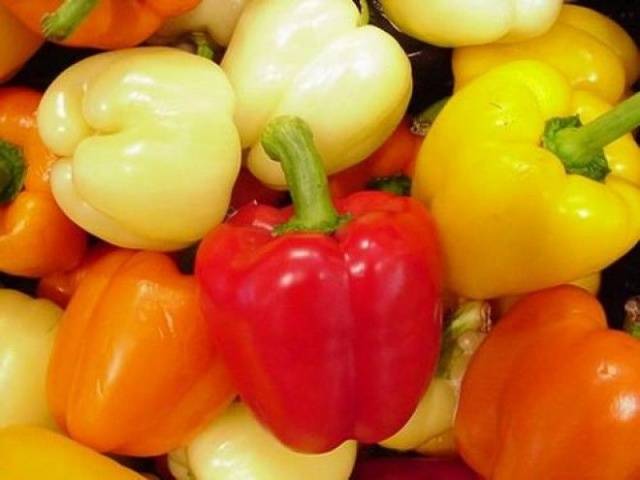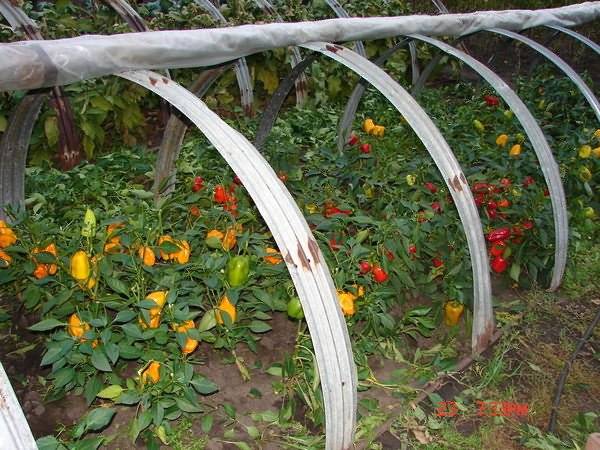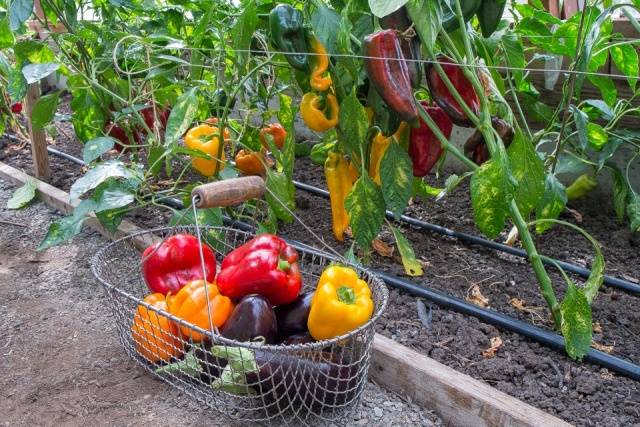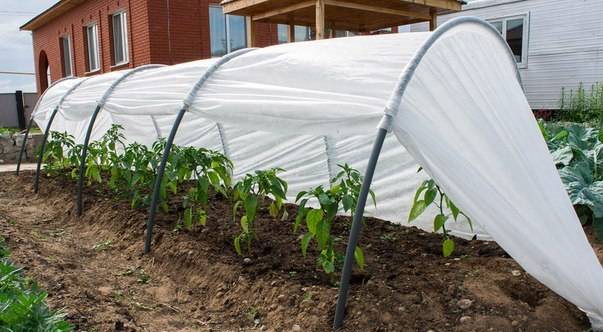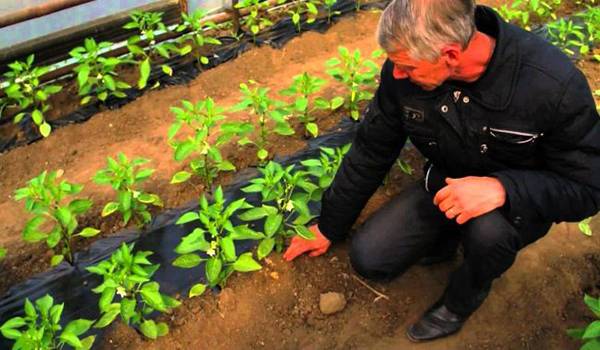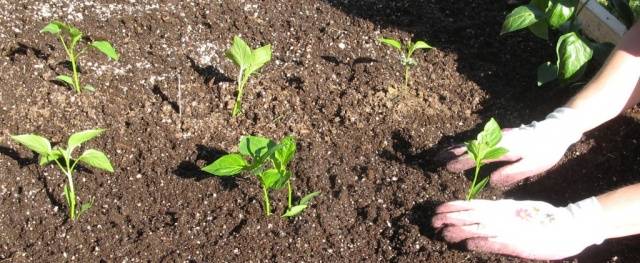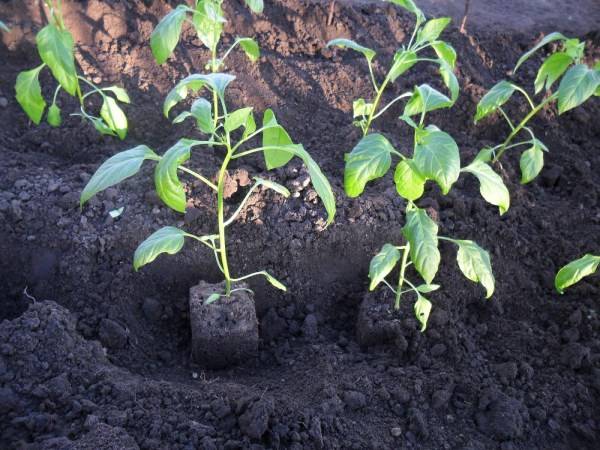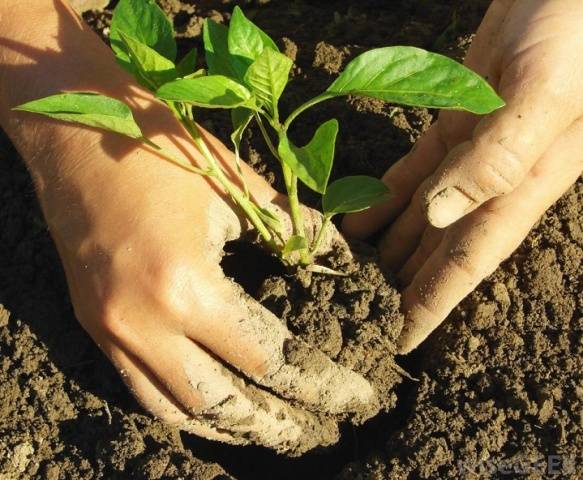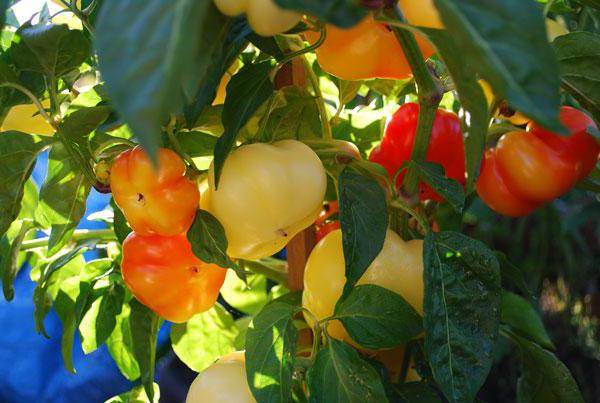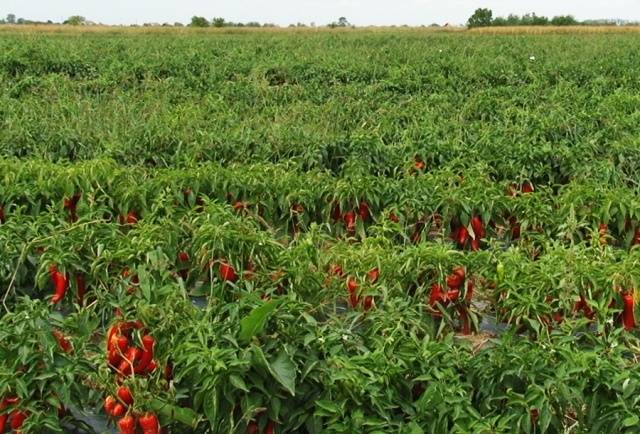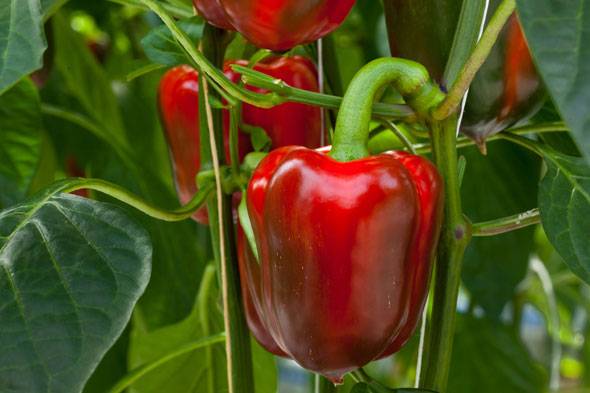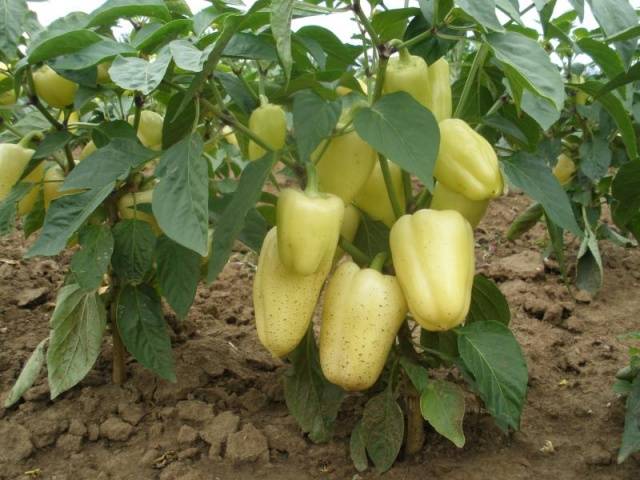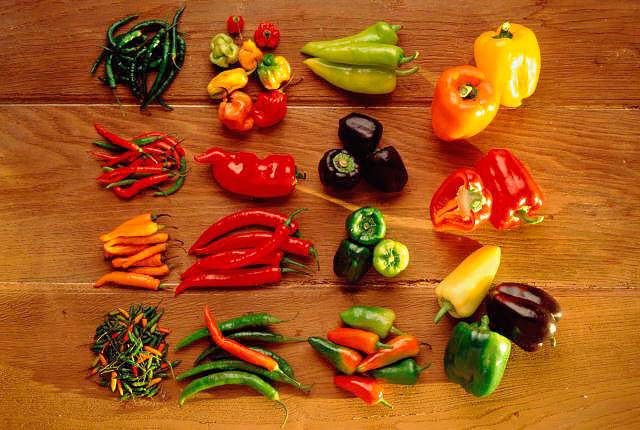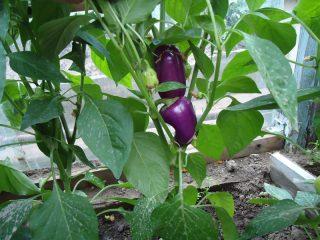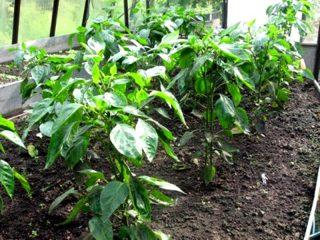Content
Bell peppers are one of the most common vegetable crops. It is difficult to imagine a garden without this heat-loving plant. In our conditions, peppers are grown exclusively by seedlings, and the choice of a variety or a hybrid depends on climatic conditions. Greenhouses can be planted any varieties suitable for indoor use. There you can meet all the requirements of this whimsical plant to temperature, watering, lighting. Open the same priming implies a careful selection of varieties, hybrids and the choice of a place for growing pepper.
Today we will talk about its correct planting, we will tell you when to plant peppers in the ground. If everything is done correctly at the initial stages, then it will be easier to care for it, and we will harvest a good harvest.
Features of growing pepper
Pepper came to us from Mexico and Guatemala, which determines its needs:
- short, no more than 8 hours of daylight hours;
- moderate need for moisture;
- light fertile soils;
- increased doses of potash fertilizers.
Pepper is a rather whimsical crop. It may happen that you can plant your favorite variety only in a greenhouse. For regions with cool climates and short summers, only low-growing, early-maturing varieties with small to medium-sized, not too fleshy fruits are suitable.
Planting seedlings in the ground
We will assume that we have chosen the right varieties and have successfully grown the seedlings. Now all that remains is to transplant the pepper into the ground and wait for the harvest.
Seat selection
You can not plant peppers after other nightshade crops - tomatoes, potatoes. They suffer from similar diseases, they are annoyed by the same pests that often hibernate in the ground. To choose a place for planting peppers, it must be borne in mind that this culture needs a short daylight hours - it is impossible to get a good harvest on a site illuminated throughout the day.
The peppers must be protected from strong winds. It can be planted along the plantings of fruit shrubs or trees, which cover the plant from the sun and provide protection from the wind for part of the day.
If you plant a little pepper and do not plan to set aside a separate area for it, you can place bushes along the rows of tomatoes - then it will not be attacked by aphids.
Soil preparation
Light fertile loams with a neutral reaction are suitable for pepper. Chernozems do not need to be specially prepared for planting this culture; the fertilizers that you put into the hole during planting will be enough. But if the soil is worked out, has not been resting for a long time, it would be useful to bring it into the m bucket of well-rotted humus.
- On heavy clay soils per sq. m of the area for digging, 1 bucket of humus, peat, sand, 1/2 bucket of rotted sawdust is introduced.
- Before planting peppers in open ground, the peat site is enriched with 1 bucket of humus and 1 with sod, maybe clay soil.
- Before planting, 1 bucket of peat, clay soil and rotted sawdust, 2 buckets of humus per 1 square meter are introduced into the sandy soil.
Of course, it is best to prepare the soil in the fall, but it is not forbidden to do this in the spring, only no later than 6 weeks before the pepper is planted in the ground, otherwise it simply will not have time to sink.
Landing dates
Do not plant peppers in cold ground. It should warm up well and have a temperature of at least 15-16 degrees, moreover, the threat of repeated spring frosts should be avoided.
If you plant peppers in open ground, when it is still cold, the seedlings may die, you will have to buy new plants on the market. Not only that, all the work spent on growing seedlings will go to dust. You cannot be sure that you are buying the right variety.
Although rooted peppers are able to withstand a short-term drop in temperature to minus one degree, at 15 they stop developing. No one, especially in the northwest, can guarantee that after a few warm weeks the weather will not worsen and the temperature will not drop. Be prepared for this, in advance, build arcs of strong wire over the bed with pepper. At the slightest threat of frost on the ground, cover the planting with agrofibre, spunbond or film. The shelter is opened for the day and returned to the place at night.
Landing plan
Distance between seedlings planted in the ground very important for pepper, it will certainly affect the yield and condition of vegetables. It must be remembered that this plant suffers greatly from excessive lighting. With some thickening of the planting of pepper, the leaves protect the fruits from the rays of the sun, protecting them from burns. But with a very dense planting of plants, loosening and weeding of the soil will be difficult, the fruits will grow smaller than they could, besides, excessively thickened plantings provoke stem rot.
Remember that each hybrid or variety of pepper has a specific nutritional area, when planting seedlings, follow the directions given on the seed bags. This makes sense if you are buying certified planting material from trusted manufacturers.
General recommendations for planting pepper are as follows:
- Plant seedlings at a distance of 35-40 cm between the bushes, one or two plants per nest, the gap between the rows is 70 cm;
- It is convenient to plant peppers in open ground in two lines - two adjacent rows are at a distance of 30 cm, between plants 20-25 cm, the next pair is 70 cm from the first. With this planting, there is only one plant per hole.
Planting seedlings
In hot sundials, planting pepper is unacceptable - it is better to do it in the late afternoon or on a cloudy day. Water the plant well on the eve of planting in the ground. Dig holes so deep that the seedlings, along with a clod of earth, fit there freely.
Pour a tablespoon of chlorine-free potassium fertilizer into each planting hole (it is not tolerated by pepper) or a special fertilizer for pepper according to the instructions. To protect against pests, potash fertilizer can be replaced with a handful of ash or crushed eggshells. If humus was not introduced for digging the soil, throw it directly into the hole at the rate of 1-2 handfuls under the root.
Fill the hole with water, as soon as it is absorbed, proceed to planting. Carefully remove the seedlings, being careful not to destroy the earthen ball and thereby not damage the fragile root.When planting pepper in open ground, it should not be buried; plant the seedlings in the same way as they grew in a pot.
Compact the soil around the pepper, immediately tie tall varieties to the pegs. If possible, immediately mulch the planting with peat - this will protect the soil from drying out and will prevent overgrowth weeds.
If you live in cold climates, it makes sense to cover the ground with covering material.
Care after landing
Pepper care begins immediately after planting seedlings in the ground. This crop is extremely demanding to care for, especially to nutrition and watering. If, when planting in the ground, you poured fertilizer into the hole, then for the next two weeks, during which the seedlings are rooting, you can forget about feeding. But mistakes in watering, committed at first, are fraught with a low yield, and sometimes even the death of plants.
Planting
A certain amount of planted peppers will not necessarily take root, therefore, dead plants must be replaced with seedlings left for these purposes. Fallout occurs for various reasons, but the damage caused by the winter scoop and bear are in the first place.
Sometimes the number of dead plants is from 10 to 20% and if we do not replace the fallen peppers with others, the yield will significantly decrease. In addition, with a significant number of missing plants, the shading that we achieved with a thickened planting will disappear. This can lead to sunburn of the ovary, especially the very first fruits.
On light sandy soils, with drying winds and prolonged drought, which is accompanied by heat, the death of peppers can occur as a result of wilting. This is especially true in the southern regions and with elongated seedlings.
Watering
When growing peppers in soil, the importance of irrigation is difficult to overestimate. Give universal advice on when and how it is impossible to water the plant. In the Kuban, pepper is an exclusively irrigated crop, while in regions with a large amount of precipitation in summer, it can be grown without them at all.
The regenerative capacity of pepper is much inferior to that of tomatoes, and it takes a long time for it to take root. Even a minimal violation of the irrigation regime and a change in temperature can cause a delay in survival and, in some cases, lead to the death of the plant. Most often, gardeners make mistakes when moistening the soil.
The first time the pepper is watered when planting in the ground, there is no need to rush with the next. If the plant grows a little dry on a hot sunny day, do not rush to pour water on it - this is not dangerous and is not an indication for immediate moisture. If the leaves look up early in the morning and in the evening, water early.
To correctly determine the need for irrigation of pepper, follow the plant and determine the degree of soil moisture.
To determine moisture content, take a handful of soil from a depth of about 10 cm and squeeze it firmly in your fist:
- The soil is dry if the lump crumbles after you unclench your fist.
- If water is oozing through your fingers, the soil is waterlogged.
- The lump remained in your palm and did not lose its shape. Throw it to the ground. If it has crumbled, watering may be needed soon. If the lump spreads like a cake, forget about moistening the soil for a while.
Peppers should not be watered a second time until they are well established. This will happen when the upper and then the lower leaves darken first. When there is an increase, we can assume that the pepper has taken root. After planting, the roots are restored on average 10 days.
At the beginning of the growing season, watering is rarely given, their number depends on precipitation and soil composition. It must be remembered that irrigation is carried out more often on light sandy soils. The moisture requirement of the pepper increases with the onset of fruit ripening.
At no stage of development should this culture be allowed to soak - the leaves will turn yellow, the flowers and ovary will crumble, the plant will get sick. On heavy soils, after overflows, the pepper often does not recover and perishes.
Loosening
The processing of row spacings is carried out not only to destroy weeds, but also to retain moisture. In order to reduce evaporation and reduce the number of irrigations, the soil is loosened after each. Sandy soils are processed to a depth of 5-6 cm, clay soils - to a depth of 10 cm.
It is important to process the soil carefully, since the roots of the pepper are superficial, poorly restored. Any damage to them leads to a long delay in plant development.
Top dressing
The plant cannot do without feeding. For them, organic and mineral fertilizers are used, and the latter is best used special ones intended for peppers.
The first feeding is given the next day after the first loosening, when the pepper is well rooted, the next one after the beginning of the formation of ovaries.
Nice and not very neighborhood
Unless you are a farmer who is able to allocate a separate field for each crop grown, you will have to choose the neighbors' pepper. It will grow great alongside onions, spinach, coriander, tomatoes and basil. It is not recommended to plant peppers next to beans, fennel, or where beets used to grow. Moreover, this is not superstition, but the result of serious research, under which the scientific base has been summed up.
Conclusion
Planting pepper seedlings is no more difficult than any other. Among the directions of what to do next, the list of what not to do prevails. Let's take care of the plant correctly, grow a good harvest and provide ourselves with tasty and vitamin-rich products for the winter.
